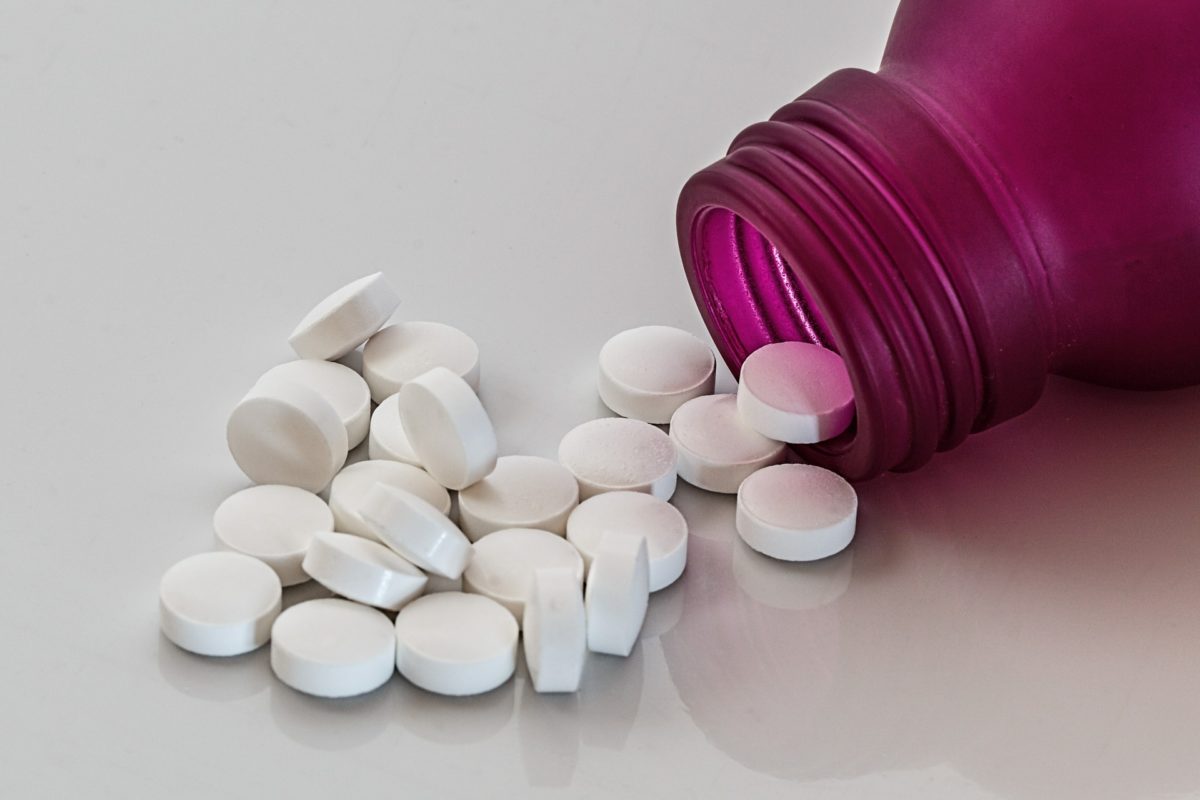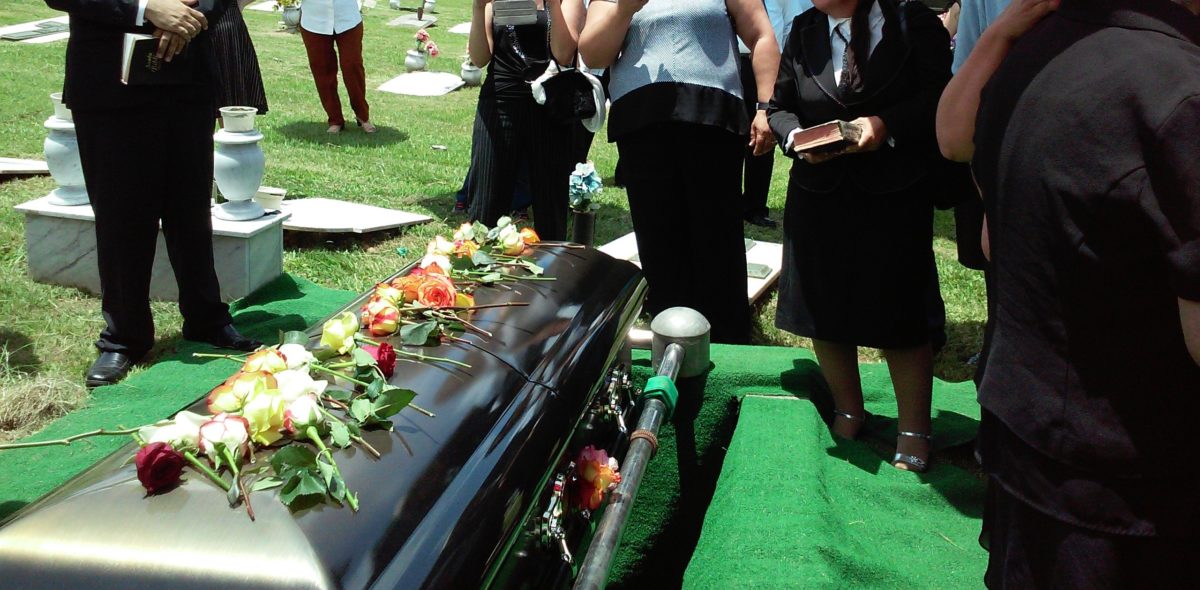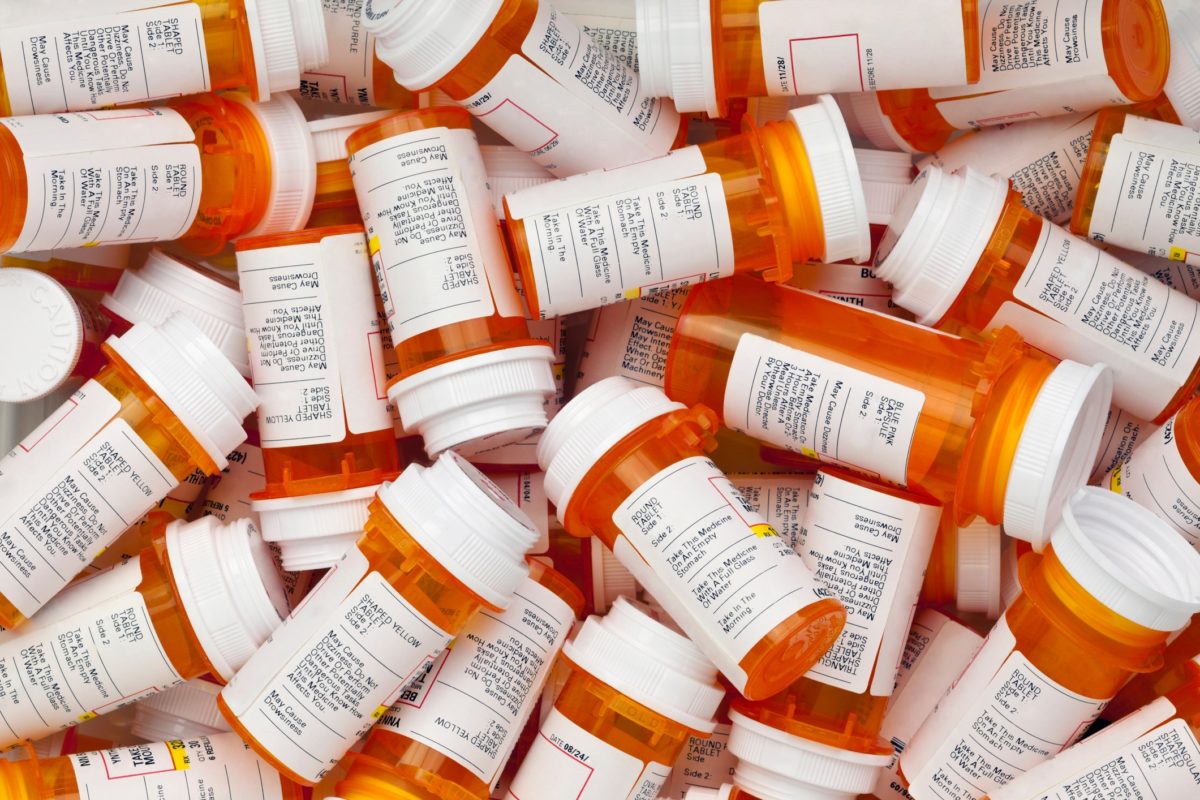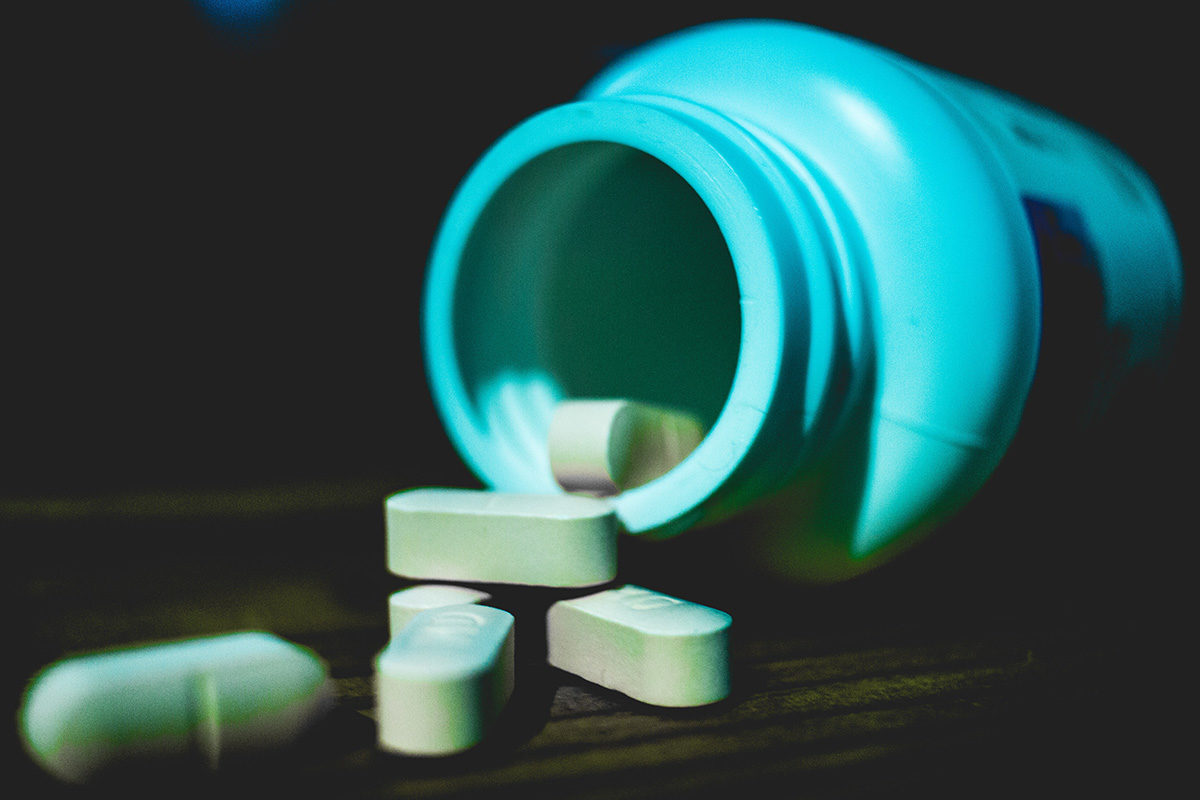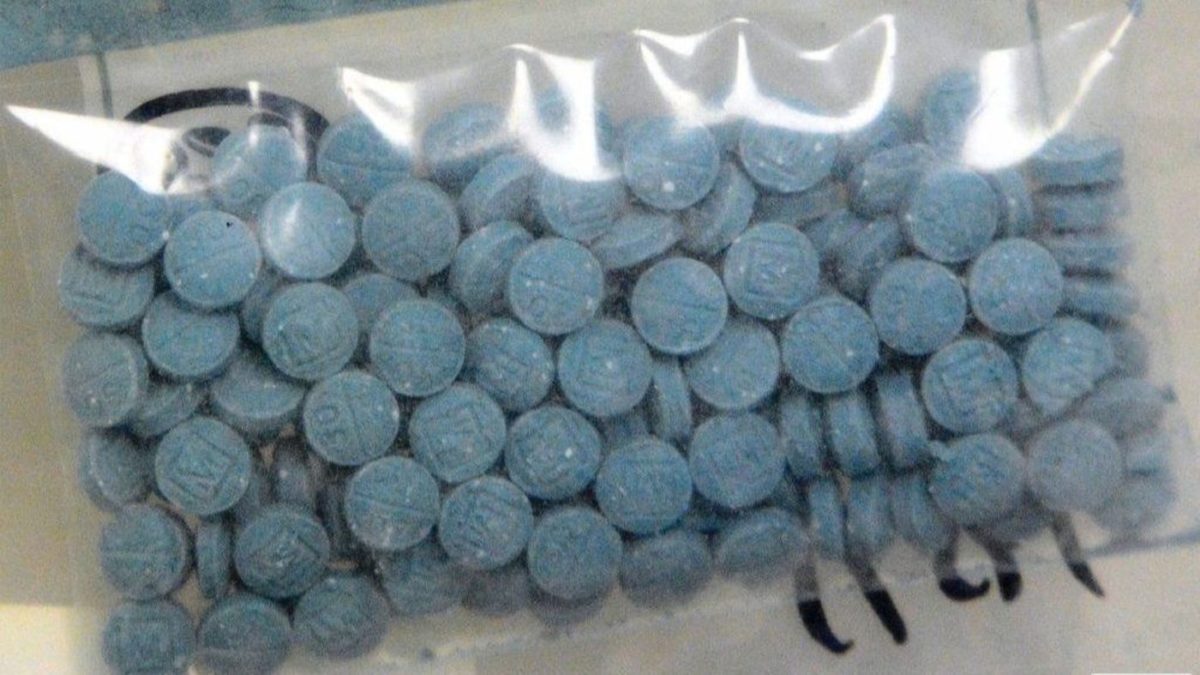When the Zappos icon died in a fire last week, questions abounded, the answers were a Covid-period spiral, turning to drugs.
Blog – News and Articles
You've got Fentanyl, which is 50 times stronger than heroin. And then Carfentanil, which is 100 times stronger than Fentanyl.
Addiction is a chronic brain disorder and not simply a behavior problem, experts contend in a new definition of addiction, Not solely related to substances.
The number of deaths from alcohol, drugs and suicide in 2017 hit the highest level since federal data collection started in 1999.
OxyContin-maker Purdue Pharma is exploring bankruptcy protection amid accusations of igniting an opioid crisis due to the highly addictive narcotic.
According to research, about 25 percent of adults who are treated for alcohol and substance abuse also have ADHD. Strength and Hope.
The Zheng drug trafficking organization was hardly clandestine. The China-based network sold synthetic narcotics, including deadly fentanyl, on websites posted in 35 languages, from Arabic and English to Icelandic and Uzbek.
The Chinese syndicate bragged that its laboratory could “synthesize nearly any” drug and that it churned out 16 tons of illicit chemicals a month. The group was so adept at smuggling, and so brazen in its marketing, that it offered a money-back guarantee to buyers if its goods were seized by U.S. or other customs agents.
Over the last decade, federal officials say, the Zheng group mailed and shipped fentanyl and similar illicit chemicals to customers in more than 25 countries and 35 U.S. states. U.S. officials say the syndicate’s success, laid bare in a recent federal indictment,partly helps explain America’s skyrocketing death toll from drug overdoses.
Fentanyl, 50 times more potent than heroin, and related laboratory-crafted drugs have become the No. 1 cause of opioid-related overdose deaths. And rogue chemical companies in China — operating openly and outside the reach of U.S. authorities — are the largest single source of the deadly drugs, law enforcement officials say.
“People in labs in China are producing this substance that is killing Americans,” Deputy Atty. Gen. Rod Rosenstein said in an interview. “This is a real crisis. The Chinese government has the ability to stop this if they want to. We believe they should want to do that.”
U.S. officials have pushed Beijing to shut down the labs, and say Chinese authorities have taken steps to police chemical makers. The push comes even as relations with Beijing have grown acrimonious amid an escalating trade war and U.S. unease over China’s increasing economic and military clout.
Nearly 29,000 people died last year in the United States from overdoses linked to synthetic opioids, a category that experts say is dominated by fentanyl and its chemical cousins — a staggering surge from the 3,100 such deaths reported in 2013.
One reason for the spike: The drug is so powerful that a sugar-packet-sized bag of fentanyl can contain 500 lethal doses. That also means it can be smuggled through the mail in what officials call micro-shipments that are far harder to identify and interdict than bulkier loads of heroin, cocaine or marijuana.
Chinese companies send fentanyl in small quantities to dealers in the United States or Canada, but ship the drugs in bulk to criminal cartels in Mexico. The cartels then mix the synthetics into heroin and other substances, or press them into counterfeit pills. The product is then smuggled across the border.
While total fentanyl seizures more than doubled last year, to 1,196 pounds, officials say far more of the illicit drug is getting through. Some of the biggest fentanyl seizures have been in California because of the Mexican connection.
Last month, for example, U.S. Customs and Border Protection agents seized 52 pounds of powdered fentanyl at the Pine Valley checkpoint near San Diego — and that wasn’t a record. In December, officers discovered nearly 80 pounds in a college student’s car.
This summer, authorities discovered 20,000 fentanyl pills in a hidden compartment of a Mini Cooper at the San Ysidro checkpoint, a week after confiscating 11,500 pills in another vehicle.
U.S. drug dealers also purchase directly from China with a few clicks of a computer mouse on company websites or shopping in so-called dark web drug bazaars, where communications are encrypted and dealers often pay with cryptocurrencies or gift cards that are difficult to trace.
A 33-year-old Long Beach man, for example, was sentenced in June to more than 26 years in federal prison for illegally importing chemicals in bulk from China, including a fentanyl analog, and then producing tens of thousands of pills in a homemade lab.
When agents raided his lab, federal prosecutors said, they seized more than 11 kilograms of acetyl fentanyl, an analog 15 times more powerful than morphine. During a nine-month span, prosecutors said, the Long Beach lab sold an estimated 300,000 pills nationwide.
In Utah, a former Eagle Scout is awaiting trial in Salt Lake City after he and five others were charged with turning his mother’s basement into an illicit pill lab. When her house was raided in November 2016, police found 70,000 pills laced with fentanyl and $1.2 million in cash, prosecutors said. The group allegedly sold hundreds of thousands of the pills on the dark web.
The ease with which dealers can buy fentanyl from China “is a challenge because it’s creating traffickers who are not affiliated with larger organizations or with cartels,” said Paul Knierim, a top Drug Enforcement Administration official.
It isn’t hard to find fentanyl and similar drugs on the internet, and sales tactics rival those of online retailers, according to federal investigators.
“A simple Google search of ‘fentanyl for sale’ returned a number of potential sellers,” according to a Senate Homeland Security Committee report released in January.
It said investigators, “posing as a first-time fentanyl purchaser,” had contacted six online sellers overseas, and each offered to ship purchases to the United States — sometimes with aggressive salesmanship.
The sellers “actively negotiated … to complete a deal by offering flash sales on certain illicit opioids and discounted prices for bulk purchases,” the report said. When investigators “failed to immediately respond to an offer, the online sellers proactively followed up, sometimes offering deeper discounts to entice a sale.”
Fentanyl was developed decades ago as an ultra-powerful painkiller — 100 times more potent than morphine — for use in surgery. It is still used to help hospice-level cancer patients.
Drug dealers began dabbling in the drug in the mid-2000s, but it surged in popularity in 2014 and 2015 because it was easy to obtain and hugely profitable.
A $1,500 kilogram can bring $1.5 million in profits after the drug is cut and sold on the street, according to the Drug Enforcement Administration.
There was only one place to obtain the drug: China. It has a robust chemical and pharmaceutical sector, as well as lax regulations and widespread corruption.
“Regulatory gaps have led to a large increase in the number of unlicensed or ‘semi-legitimate’ chemical manufacturers or distributors,” Bryce Pardo, an analyst from the Rand Corp. think tank, recently told Congress.
“A lack of oversight and government and corporate accountability increase opportunities for corruption,” he added.
Chinese dealers targeted a loophole that let them send packages to the United States through the mail without providing detailed information on the sender or the contents of the package. Private carriers, such as FedEx and UPS, are required to provide such information to customs inspectors, which can help authorities identify smugglers and smuggling patterns.
Congress this month passed legislation designed to close that gap, and President Trump is expected to sign it into law.
U.S. officials long have pressed China to more aggressively police its chemical manufacturers, and China has strictly regulated the production of 175 chemicals, including fentanyl and some of its analogs.
That chemical-by-chemical approach, however, permits drug companies to tweak chemical formulas to get around a ban.
U.S. officials want China to follow the lead of the DEA, which in February used emergency powers to categorize fentanyl-related substances as controlled substances under federal law. The move was designed to make it easier to prosecute offenders and thwart chemists from slightly altering formulas.
A Chinese Embassy representative in Washington declined comment but forwarded remarks made by Hua Chunying, a Ministry of Foreign Affairs official, at a January news conference in Beijing.
“Anti-drug cooperation is one of the highlights of China-U.S. law enforcement cooperation,” Hua said. “In recent years, the two sides have conducted some highly effective cooperation on cracking down on cross-border drug-related crimes and advancing psychoactive substance listing and control, which has won wide approval from the public of the two sides. China’s attitude on this issue is very clear.”
The Justice Department has brought charges against several Chinese manufacturers of synthetic opioids. They are unlikely to end up in U.S. courtrooms because Washington and Beijing do not have an extradition treaty, and China has generally refused to send its citizens to the United States for criminal trials.
Last October, the Justice Department unveiled the first-ever indictment against Chinese manufacturers of opioids, accusing two groups with operating illicit labs that sold fentanyl and other drugs to U.S. dealers. The rings were vast — one involved at least 100 distributors — and authorities were able to trace at least four deaths to fentanyl and related chemicals sold by one of the groups, court records show.
Then in August, federal prosecutors in Cleveland unveiled a 43-count indictment against the Zheng organization. It alleged that Fujing Zheng, 35, and his father, Guanghua Zheng, 62, both of Shanghai, ran a global organization that manufactured tons of illicit chemicals each month.
U.S. officials said the Zhengs were adept at staying ahead of regulators — and police. When China banned unregulated production of one synthetic narcotic, officials said, the Zhengs used their expertise to adjust the formula to skirt the prohibitions and keep the drugs flowing.
“We work diligently to make every possible chemical to meet the needs of our customers,” the Zhengs wrote on one of their websites, according to court papers. “We will create custom-made products for you.”
To get their product to U.S. customers, the Zhengs often relied on middlemen who hid the drugs in bulk freight shipments and then helped redistribute them. Prosecutors said that helped obscure the narcotics’ origins.
The Zhengs could not be reached for comment for this story.
But their operation had a deadly effect halfway across the world. In February 2015, Leroy Steele, 38, a small-time drug dealer in the Akron, Ohio, area, sent the Zheng organization an email seeking to purchase acetyl fentanyl, according to court papers.
“Send me prices as well as information on where I can send the money,” Steele wrote.
A member of the Zheng group quickly replied, prosecutors alleged, and claimed he represented “professional acetyl fentanyl manufacturer in China, our products are all best quality, a lot of U.S. and Europe customers purchase largely from us every month.”
“Tell me how many quantity you wanna buy,” the member wrote. “Do you wanna have a sample order?”
Steele wired the Zhengs $3,500 for half a kilogram of the narcotic.
The dealer, who later would be sentenced to 20 years in prison after pleading guilty to drug distribution charges, soon was slinging heroin laced with acetyl fentanyl to his customers, prosecutors said.
Within a few weeks, federal officials said, two of Steele’s customers, a 37-year-old man and a 23-year-old woman, were dead — from overdoses.
Read Article on LA TIMES
San Diego – County law enforcement and health officials warned residents Friday of three deaths this past weekend caused by fentanyl-laced cocaine in Pacific Beach and Ocean Beach.
In addition to the three deaths, two others overdosed on fentanyl– laced cocaine and survived. Fentanyl is a synthetic opioid that can be anywhere from 50 to 100 times more potent than morphine and 50 times more potent than heroin according to the Centers for Disease Control and Prevention. Officials could not divulge where the victims got the drugs and no arrests have been made.
April Ella works with A New Path Parents for Addiction Treatment and Healing – a group that gives out the drug reversal drug noloxone or narcan at needle exchanges. “Unfortunately, it is more people that we have to hand this drug out to because we are trying to keep more people safe.”
CDC reports show that fentanyl overdoses are increasing across the U.S. as part of the country’s larger opioid epidemic. That trend includes San Diego according to county health officials; the county received 81 reports of fatal fentanyl-related overdoses in 2017, double the number of reported deaths in 2016.
“It is a public health concern, not a punitive drug problem. A first time user taking a huge dosage that they have never done is going to put them in an overdose almost instantly,” said April.
“We have seen a steady increase in fatal overdose cases over the years where fentanyl has been added to opiates,” said Dr. Glenn Wagner, the county’s chief medical examiner. “But now we’re seeing an emerging pattern of cases where fentanyl is unexpectedly added to other drug combinations. It’s a new, deeply concerning trend.”
Drug Enforcement Administration agents are investigating the deaths and have reportedly seized fentanyl-laced narcotics across San Diego and Imperial counties. There is currently no test available to check a drug for fentanyl according to DEA Special Agent in Charge Karen Flowers.
“These cases show the deadly and unknown nature of drugs that are being sold on the street,” said Wilma Wooten, the county’s public health officer. “If you or someone you know is in need of drug treatment, please get help.”
San Diego County residents seeking drug treatment can contact the county’s Access and Crisis Line 24/7 at (888) 724-7240.
Read more on CBS8’s website
Miller, 26, whose real name was Malcolm James McCormick, was found Friday in the bedroom of his home and pronounced dead at the scene by paramedics.
Some hospital emergency departments (ER) are giving people medicine for withdrawal, plugging a hole in a system that fails to provide immediate treatment.



